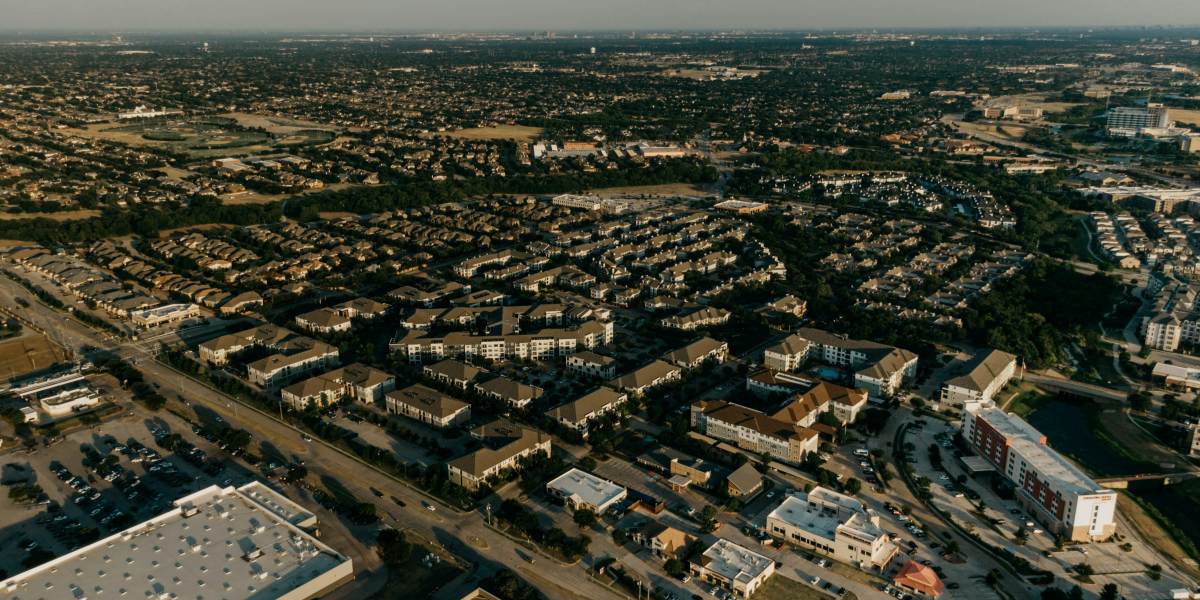The expansion of cold storage facilities in the United States is a significant development in the logistics and supply chain industry. As the demand for fresh and frozen products continues to grow, the need for modern, efficient, and strategically located cold storage facilities has become more critical than ever. This article explores the reasons behind the expansion, the challenges involved, and the impact on the broader economy.
Understanding the Growth in Cold Storage Demand
The Rise of E-Commerce and Fresh Food Delivery
One of the primary drivers of the expansion in cold storage facilities is the rise of e-commerce, particularly in the grocery and food delivery sectors. As consumers increasingly demand fresh and frozen products delivered directly to their doors, the need for cold storage space has surged. This trend has been accelerated by the COVID-19 pandemic, which led to a significant increase in online grocery shopping and home delivery services.
Increased Consumer Preference for Fresh and Organic Foods
Another factor contributing to the growth of cold storage facilities is the increased consumer preference for fresh, organic, and locally sourced foods. This shift in consumer behavior has prompted retailers and food producers to invest in cold storage to ensure that these perishable items can be stored and distributed efficiently.
Expansion of Pharmaceutical Cold Chains
The pharmaceutical industry also plays a significant role in the expansion of cold storage facilities. With the development and distribution of temperature-sensitive products such as vaccines, biologics, and other medicines, the demand for specialized cold storage solutions has grown. The need for maintaining the integrity of these products throughout the supply chain has led to increased investment in temperature-controlled storage facilities.
Challenges in Expanding Cold Storage Infrastructure
High Costs of Construction and Maintenance
Building and maintaining cold storage facilities is significantly more expensive than traditional warehousing. The construction of these facilities requires specialized materials, advanced refrigeration systems, and strict temperature control mechanisms. Additionally, the energy costs associated with operating cold storage are high, which can impact profitability.
Location and Logistics Challenges
The location of cold storage facilities is critical to their effectiveness. These facilities need to be strategically located near transportation hubs, such as ports, highways, and railways, to ensure efficient distribution. However, finding suitable locations that meet these criteria while also being close to major markets can be challenging and expensive.
Regulatory and Compliance Issues
Cold storage facilities must adhere to strict regulatory standards, particularly in the food and pharmaceutical industries. These regulations are designed to ensure the safety and quality of stored products. Compliance with these standards requires significant investment in technology and processes, which can be a barrier to expansion.
The Impact of Cold Storage Expansion on the US Economy
Job Creation and Economic Growth
The expansion of cold storage facilities in the US has the potential to create thousands of jobs in construction, operations, and maintenance. This growth in infrastructure also stimulates economic activity in related sectors, such as transportation, logistics, and manufacturing. As more facilities are built, they contribute to local economies by providing employment opportunities and supporting ancillary businesses.
Enhancing Supply Chain Resilience
The expansion of cold storage facilities is also crucial for enhancing the resilience of the US supply chain. By increasing the capacity and efficiency of cold storage, the supply chain becomes more robust, reducing the risk of disruptions caused by supply shortages, transportation delays, or other challenges. This resilience is particularly important in times of crisis, such as during natural disasters or pandemics.
Supporting Agricultural and Food Production Industries
Cold storage is essential for the agricultural and food production industries. The ability to store perishable products for extended periods without compromising quality allows farmers and producers to reach broader markets and reduce food waste. As cold storage capacity expands, it supports the growth and sustainability of these industries, contributing to food security and economic stability.
Future Trends in Cold Storage Expansion
Technological Advancements in Cold Storage
As the demand for cold storage continues to grow, technological advancements are playing a key role in making these facilities more efficient and sustainable. Innovations such as automation, advanced monitoring systems, and energy-efficient refrigeration are helping to reduce costs and improve the performance of cold storage facilities. These technologies also help companies meet increasingly stringent environmental standards.
Sustainable Cold Storage Solutions
Sustainability is becoming a major focus in the expansion of cold storage facilities. Companies are investing in green technologies, such as solar power, energy-efficient lighting, and refrigeration systems that use environmentally friendly refrigerants. These efforts are aimed at reducing the carbon footprint of cold storage operations and aligning with broader corporate sustainability goals.
Expansion into Emerging Markets
While the current focus is on expanding cold storage capacity in major markets, there is also a growing interest in developing these facilities in emerging markets across the US. Rural areas and smaller cities are becoming targets for cold storage expansion as companies seek to serve underserved regions and tap into new consumer bases.
The expansion of cold storage facilities in the US is a critical development in the logistics and supply chain industry. Driven by the rise of e-commerce, consumer demand for fresh and organic foods, and the needs of the pharmaceutical industry, this growth is reshaping the infrastructure landscape. Despite the challenges of high costs, location logistics, and regulatory compliance, the benefits of enhanced supply chain resilience, economic growth, and support for the agricultural sector make this expansion a vital component of the US economy. As technology and sustainability efforts continue to evolve, the future of cold storage looks promising, with continued growth and innovation on the horizon.









